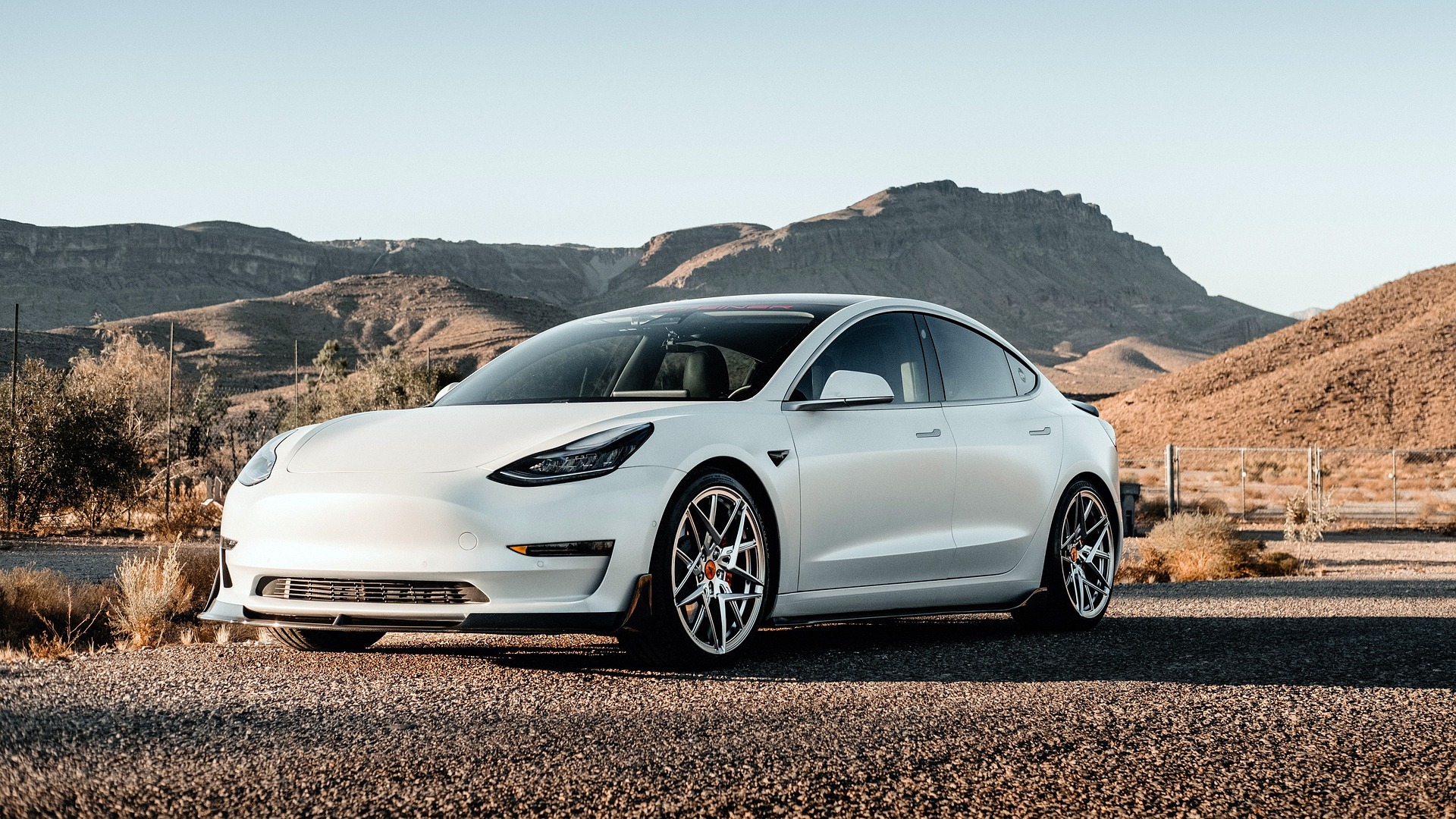Unveiling the Power of Hydrogen: The Future of Fuel Cell Cars
Introduction: Imagine a world where cars emit nothing but water vapor, where refuelling is as quick as a coffee break, and where the only limit is the horizon. Welcome to the realm of hydrogen fuel cell vehicles, the promising technology that could redefine our automotive future.

Tracing the Hydrogen Path: A Historical Overview
In 1807, Swiss inventor François Isaac de Rivaz designed a car powered by a hydrogen fuel cell, marking the first recorded instance of a vehicle running on hydrogen. However, it wasn’t until the 1950s that the concept took a more practical shape. The introduction of Proton Exchange Membrane (PEM) fuel cells made the idea of hydrogen vehicles more feasible. These fuel cells, small and lightweight, were perfect for automotive applications. But the high cost and complexity of hydrogen production and storage posed significant challenges.
Dawn of a New Era: Present-day Hydrogen Fuel Cell Cars
Today, hydrogen fuel cell vehicles, such as the Toyota Mirai and Hyundai Nexo, are commercially available. These cars convert hydrogen into electricity within fuel cells, emitting only water vapor and heat, making them zero-emission vehicles. They offer the range and refuelling speed of conventional cars, eliminating the ‘range anxiety’ associated with electric vehicles. But despite these advantages, they represent less than 0.1% of vehicles on the road today.
The Roadblocks: Challenges Faced by Hydrogen Cars
While the benefits of hydrogen fuel cell cars are clear, the path to mass adoption is riddled with roadblocks. The cost of producing, storing, and distributing hydrogen is high. The infrastructure for hydrogen refuelling is limited, with only a handful of stations around the world. Also, most hydrogen production today relies on fossil fuels, undermining the technology’s green credentials.
The Road Ahead: Future Trends and Developments
Despite the challenges, there’s growing momentum behind hydrogen fuel cell vehicles. Automakers are investing heavily in the technology, with plans to launch more models in the coming years. Governments worldwide are offering incentives and funding infrastructure development to support hydrogen cars. Research on green hydrogen production methods, such as electrolysis powered by renewable energy, could make hydrogen a truly sustainable fuel source.
Hydrogen and the Bigger Picture: Impact on the Automotive Industry
The rise of hydrogen fuel cell vehicles could profoundly impact the automotive industry. It could reduce our reliance on fossil fuels, contribute to the fight against climate change, and create new opportunities for technological innovation. However, for hydrogen to become the fuel of the future, a concerted effort from automakers, governments, and society at large is required.
As we stand on the brink of a potential hydrogen revolution, it’s clear that hydrogen fuel cell cars represent more than just a technological marvel. They symbolize our collective aspiration for a cleaner, greener, and more sustainable automotive future.




